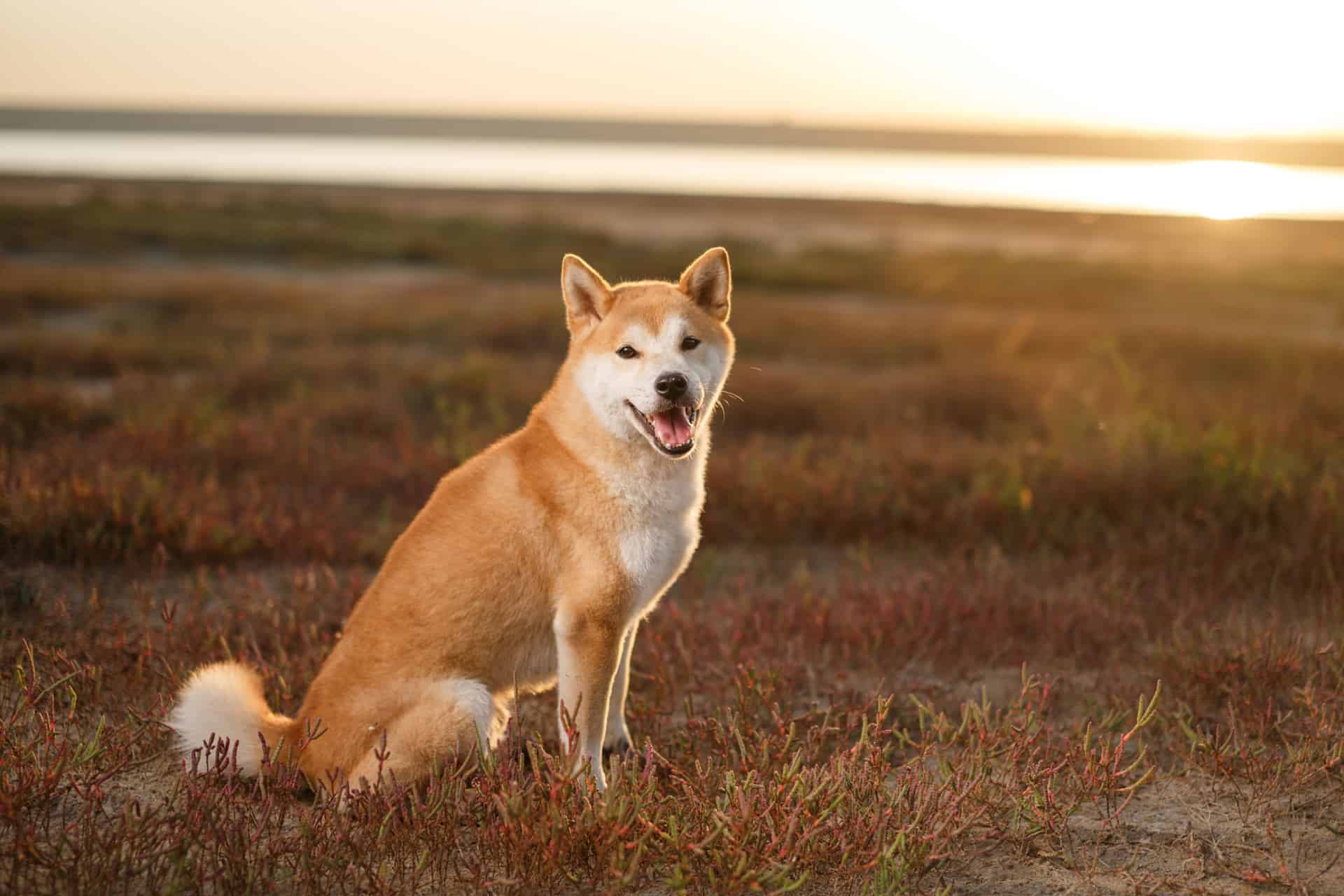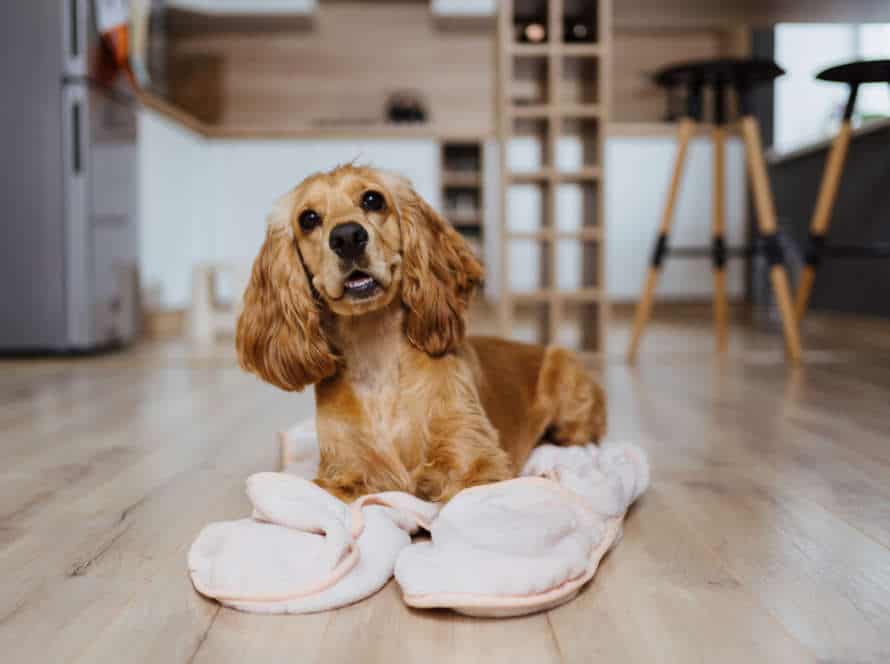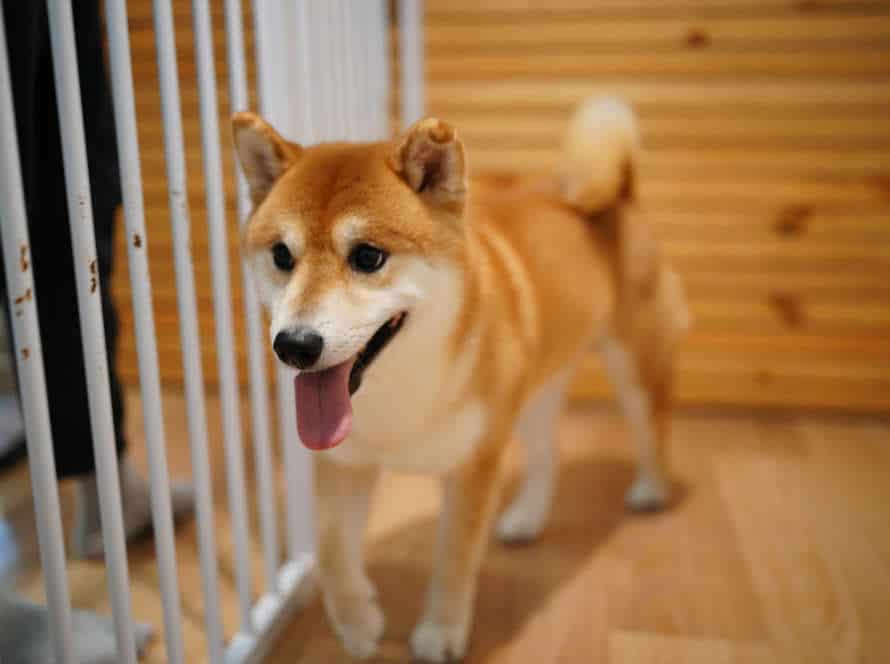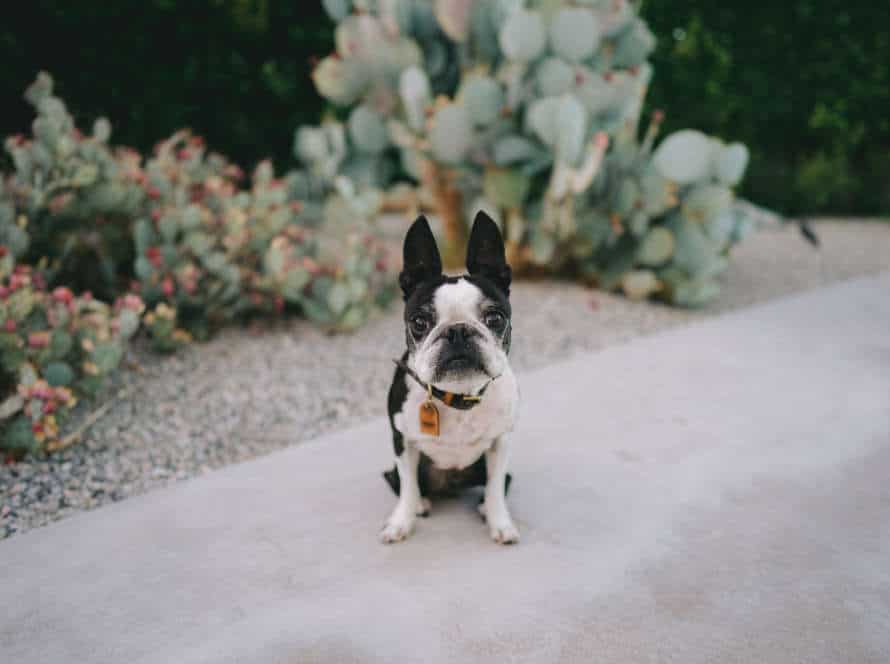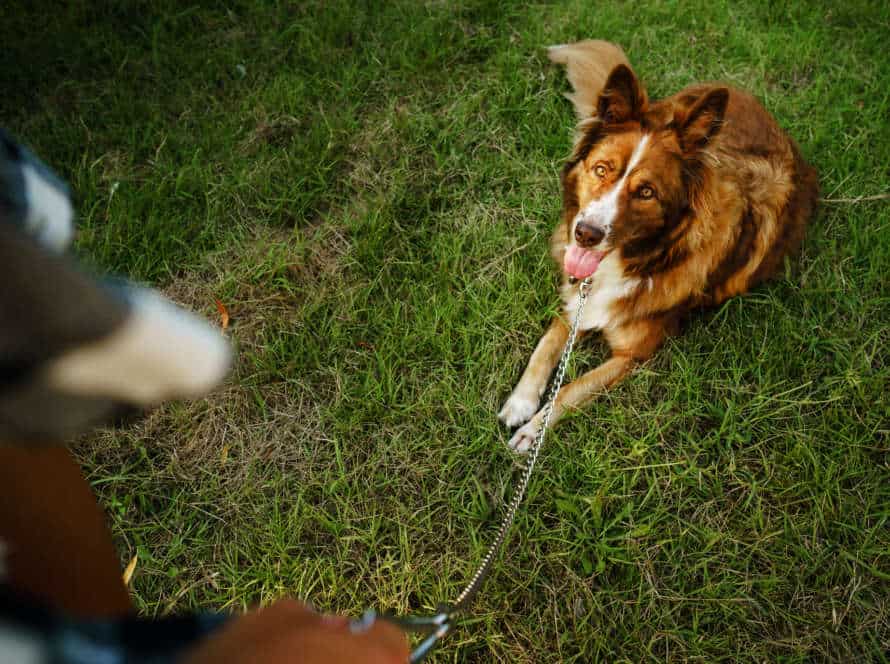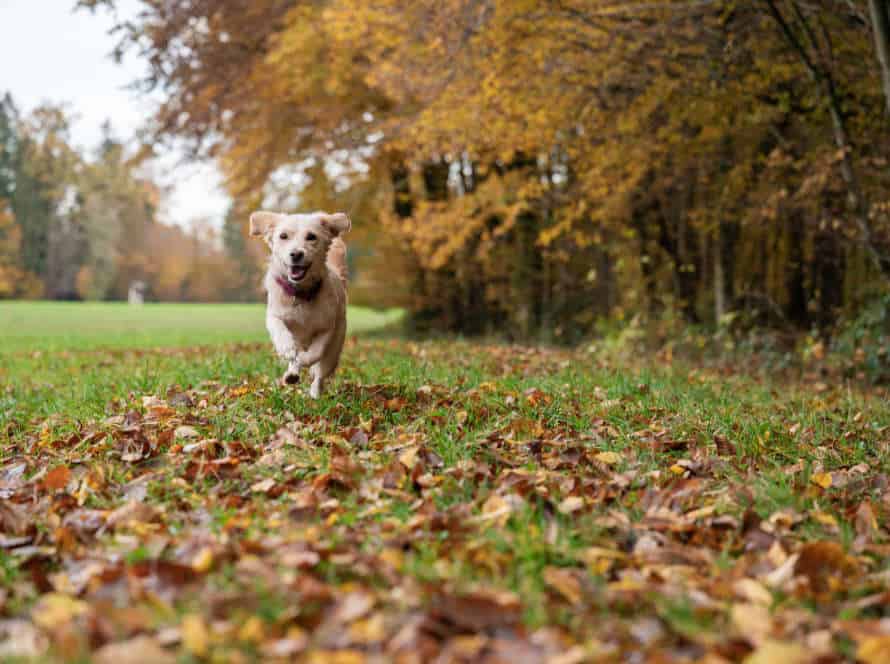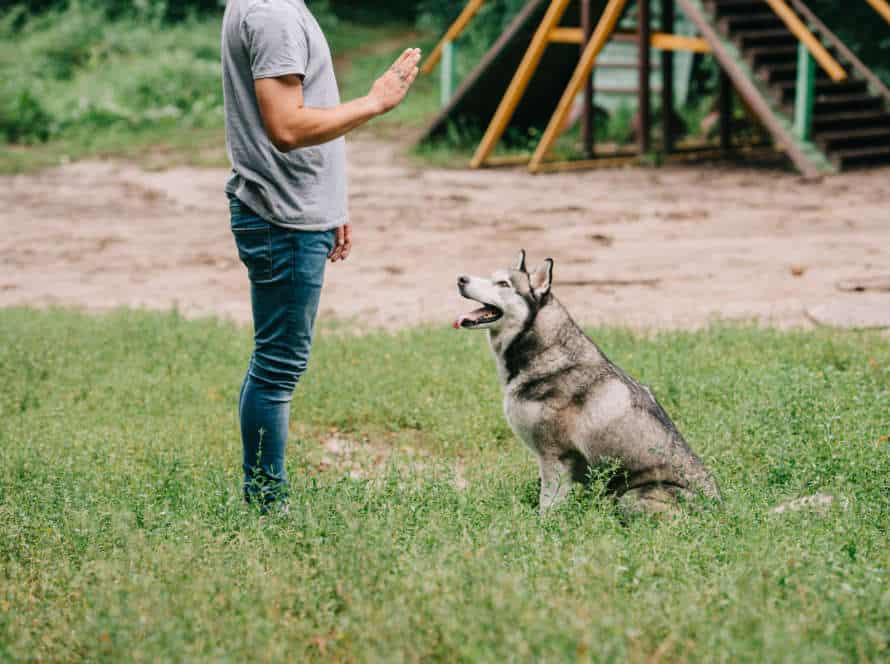How to Train a Solid Stay Command in Different Environments
Train your pup for varied atmospheres for their safety and others. Here are some steps to teach them a strong “stay” command in various places:
- Begin teaching in a familiar, quiet place.
- Add diversions slowly.
- Increase time and distance bit by bit.
- Educate them in different situations with various distractions.
- Praise them for desirable actions.
Be aware that it takes patience, consistency, and time to train a dog. Follow these steps to teach your pooch to obey in any area.
Pro Tip: Training your dog in many locations enhances their self-assurance and encourages good habits you can count on.
Understanding the Stay Command
Training your pooch to ‘stay‘ is all part of teaching them good behavior. It can be useful in multiple settings, from a lively park to a relaxed backyard. Knowing the ‘stay‘ command is essential to teaching it to your pup properly. In this article, let’s check out the different elements of the ‘stay‘ command and how to train your pup in various locations.
What is Stay command?
The “stay” command is a dog training technique. It teaches dogs to stay put until given further instruction. It’s an important command, keeping them safe and helping with obedience. Plus, it strengthens the bond between you and your pet.
To train your dog to stay, follow these steps:
- Teach them basics like “sit” and “down“.
- Say “stay” and motion “stop” with your hand.
- Reward them with treats and praise.
- Increase the distance and time they stay.
- Train them in different environments.
- Increase distractions gradually.
Pro tip: Patience and positive reinforcement are key. Short sessions will keep them from getting overwhelmed.
Why is it important?
Training your pup to stay on command is super important. It’s vital for their protection and your peace of mind.
The stay command is a key part of doggy training. Reasons why it’s important:
- Safety – Prevents them running into potentially dangerous situations.
- Control – Helps you have better control in public places or around other animals.
- Training – Can be used to reinforce other training commands, such as recall or heel.
All in all, the stay command is crucial. It safeguards your pup and keeps them behaved in different settings.
When to use Stay Command?
The “Stay” command is vital for all dog owners. It can even save your pup’s life in certain situations. But know when to use it! Here are some instances:
- Busy roads: Stop your dog from running out into traffic.
- Meeting new people: Keep your pup from jumping or lunging.
- Meal times: Say “Stay” before dinner to avoid begging.
- When you leave the room: Use the command.
Teaching “Stay” takes effort, but it’s worth it for your pup’s safety and the bond between you.
Basic Training for Stay Command
Teaching a dog to stay is key! It is vital for any pup. Having this command can be really useful in many situations. The basics of teaching stay are the same, but different environments can be tricky. How to train a solid stay command? Let’s find out! In various settings, what works best?
Training a dog to stay
Training your furry friend to stay is a key part of obedience training and vital for their safety in different settings. Here’s what you need to do:
- Start with the basics, like “sit” and “down”. After they’ve mastered those, you can start teaching them the “stay” command!
- Hold up your hand like a stop sign and say “stay”, then step back while keeping eye contact. Count to five.
- If they remain in place, reward them with a treat and say “good stay!”
- As they get better, increase the distance and duration of the “stay”. Practice in various environments, starting with low-distraction ones and slowly adding more distractions.
- Remember to always reward your pup for successful stays and never punish them for mistakes.
Pro tip: Keep sessions short and frequent for optimum focus.
Introducing Distractions
Introducing diversions is a key step in teaching a strong stay command in various situations. Here’s how to do it efficiently:
- Start by practicing the stay command in a peaceful and recognizable area, preferably inside.
- Instruct your pup to stay and move a couple of steps away from them.
- Increase the distance gradually as you step away from your pooch while they stay.
- Begin to add slight distractions, such as throwing a toy in front of your dog, then moving away. If your dog breaks the stay command, softly lead them back to the start point and repeat the command.
- As your pup gets better, expose them to more extreme interruptions, like loud sounds and actions.
- Don’t forget to always reward your dog when they perfectly accomplish the stay command, even with distractions. This bolsters the behavior and encourages them to do it again.
Pro tip: It’s essential to approach each session with patience and consistency for your pup to understand the command.
Paw and Eye Contact check
Train your pup to stay in any environment using the paw and eye contact check!
- Command your dog to stay, take one step back.
- Remind them with a hand signal or verbal cue.
- Pause, then look at your pup for 3 seconds.
- Lift a foot off the ground and tap it in front of them.
- If they stay, reward and praise.
This technique reinforces the “stay” and helps your pup pay attention even with distractions around.
Pro tip: Practice this in different environments and increase distraction levels, to build your pup’s obedience and confidence.
Advanced Training for Different Environments
Training a pup to stay put in varied scenarios can be tricky, but it can also result in a firmer and more trustworthy stay. To up the difficulty level, add distractions, switch the environment and spot of the training. Let’s observe how to teach this advanced stay command in multiple locations.
Training your dog to stay in the yard
Train your pup to stay in the yard with regular instruction and positive reinforcement for long-term success. Try these advanced techniques to train a steady stay command in different places.
- Begin inside first: Start inside before going outdoors. This helps your pup understand the cue and ready them for distractions in stimulating environments.
- Increase distractions slowly: After mastering the stay command inside, slowly add more distractions. Begin in quiet areas and move up to spots with more people, dogs and animals.
- Utilize positive reinforcement: Give rewards like treats, praise or toys for obeying the stay command. This will motivate the pup and make training enjoyable.
- Be consistent: Use the same cue every time you teach the stay command. Consistency is essential for your pup to comprehend and follow the command in varied places.
Introducing Noise Distractions
Introducing noise distractions is a must for advanced training. It teaches your pup to obey the stay command in any situation.
Here’s what to do:
- Start with the basic stay command in a calm outdoor area or inside.
- Introduce low-level noise distractions, like clapping, knocking, or dropping objects.
- Then, raise the intensity.
- Use treats and verbal praise to reward your dog for staying focused despite the distractions.
- Gradually take them to different environments to cement their training.
Pro tip: Use a leash and collar to keep your pup in check. Increase the distance between you as they get better.
Introducing Movement Distractions
Introducing distractions during your pup’s training is essential for strengthening a secure “stay” command in different settings. Here are some hints to help you with advanced teaching in difficult environs:
- Begin in a low-distraction zone, e.g., a peaceful spot in your house.
- After your dog is adept in the “stay” instruction, slowly add distractions, like moving objects or people, and up the difficulty level over time.
- Employ positive reinforcement to praise your dog for keeping the “stay” command in tough circumstances.
- Exercise often in many places to back up your dog’s education and guarantee their ability to stay focused under various conditions.
With recurrent practice and patience, your dog will become more assured and dependable in following the “stay” command, disregarding of the disturbances around them.
Introducing Food Distractions
Training your pup to obey the “Stay” command in all environments? Introducing food distractions is key!
Start small – no distractions, just practice the command. Then, gradually increase the level of distractions – like a few pieces of kibble scattered around. If they stay focused, up the difficulty using more appetizing smells and placing food closer.
Make sure to reward your pup with something other than the food distraction. With practice, your dog will soon listen even in the most distracting of environments.
Training your dog to stay in public
Train your pup to stay in public places with advanced techniques! Here’s how:
- Start by teaching basic obedience commands. Sit and down are good starting points.
- Gradually increase the distance between you and your dog, while introducing distractions like noise and movement.
- Try practicing in different environments. Parks, stores, restaurants – anywhere!
- Use positive reinforcement. Treats or praise for staying in public.
- Be patient. Each pup learns differently. Keep up regular training.
- Pro tip: Reward your pup with their favorite treats or toys when they succeed in public. This reinforces good behaviour and encourages progress!
Introducing Different Surfaces
Advanced dog training can be tricky, especially teaching a “stay” command in various environments with different surfaces. Expose your pup to these surfaces, like concrete, asphalt, grass, sand, and gravel. On-leash, have them walk on each surface, and then progress to off-leash. Use positive reinforcement, such as treats and praise, when successful. With practice, your pup will learn to stay put, no matter the environment.
Pro tip: Start in low distraction areas, then increase distractions as they learn.
Introducing Different Sounds
It’s essential to get your dog used to sounds they may experience when they’re out. This will help them stay focused in any situation. To do this:
- Start with low-level sounds like a doorbell or someone knocking.
- Increase sound levels as they get used to them.
- Try introducing more complex noises like sirens or fireworks but start at a lower volume.
- Reward them for good behaviour. Keep training sessions short and positive.
- Practice in various places and keep reinforcing the stay command to keep their skills sharp.
Introducing New People and Animals
Introducing new people and animals is key for training a solid stay command. Here are some tips to help you:
- Start with minimal distractions, like home or yard.
- Gradually increase distractions, by introducing new people and animals as your dog gets better at the command.
- Keep your dog on a leash for safety and to stop them from breaking the stay command.
- Reward good behaviour when they stay in different settings.
- Be consistent with training. It’s important for mastering the stay command in various environments. Stick with it and your pooch will learn to stay calm and focused in any situation.
Troubleshooting Tips
Got a pup that won’t stay put? Teaching them in different environments may be tricky. Here are some tips to help! Train your pup a solid stay command with:
- Making sure they understand the command in one environment
- Gradually introducing new environments
- Providing lots of treats and rewards
- Making sure to be consistent and patient
Common Mistakes while Training Stay Command
The stay command is a must-know for all dogs. But, teaching it can be tough. To make it easier, here are some tips to remember when training your pup.
- One mistake pet owners often make is asking their pup to stay for too long too quickly. Take it slow, and gradually increase the length of stay.
- Using the wrong body language can also cause confusion. Don’t move forward or backward when asking your pup to stay. Instead, use a firm yet relaxed posture.
- Distractions can be an issue when training in different places. Start off in a quiet area with no distractions, then add them in as your pup gets better.
- Finally, keep training consistent. Make sure you (and all family members) use the same commands and gestures.
Follow these tips, and your pup will have a solid stay command no matter the environment.
How to Correct your Dog’s Behavior
Training your pup to focus in different settings is important. Here are some tricks to help:
- Start in a peaceful and familiar atmosphere, then work up to tougher conditions.
- Utilize a straightforward instruction, like “stay“. When they obey, give treats right away.
- Slowly expand the time you say “stay”, start with a few seconds, up to several minutes.
- Mix up the range and disturbances – use a toy or snack as a lure, or someone pass by.
- Do it often and reward them for good doings.
- Remember, each pup is distinctive. Be patient and consistent. And, always show appreciation for good behavior.
Reinforcing Stay Command with Praise and Rewards.
Reinforcing the Stay command with praise and rewards is key to teaching a strong Stay command in different places. Here are some tips for problems you may experience when training:
- Begin with a short Stay duration your pup can manage. Gradually increase it over time. When they reach the desired duration, give them plenty of praise and a treat or toy.
- Train in different places and steadily increase the distractions. This’ll help your dog learn to Stay no matter where they are, even with other dogs, children, or other interruptions.
- Use positive reinforcement such as praise, treats, or toys, to reward them for their successful Stay. This will motivate them to repeat the behavior.
- Be patient and consistent with the training. It may take some time and repetition to build a reliable Stay command, but with patience and consistency, your dog will learn to Stay on command anyplace. Recognize your pup’s progress with lots of praise, rewards, and affection to keep them interested and involved in the training.
Frequently Asked Questions
Q: What is the solid stay command?
A: The solid stay command is the ability for a dog to remain in one spot without moving until a verbal release command is given.
Q: Why is it important to train a solid stay command in different environments?
A: It is important to train a solid stay command in different environments to ensure that your dog can remain compliant and obedient regardless of the distractions or changes in surroundings.
Q: How do you train a solid stay command?
A: To train a solid stay command, start in a low distraction environment and use a verbal cue such as “stay” while using a hand signal to reinforce the command. Gradually increase distractions and distance to ensure the dog continues to follow the command.
Q: What are some common mistakes when training a solid stay command?
A: Some common mistakes when training a solid stay command include moving too quickly, using inconsistent cues, or not providing proper reinforcement or rewards for compliance.
Q: How can you reinforce a solid stay command in different environments?
A: You can reinforce a solid stay command in different environments by practicing in different locations and gradually increasing the distractions or challenges while rewarding the dog for compliance.
Q: Can any breed of dog learn the solid stay command?
A: Yes, any breed of dog can learn the solid stay command, but some breeds may require more repetition and practice due to their natural tendencies or behavior patterns.

